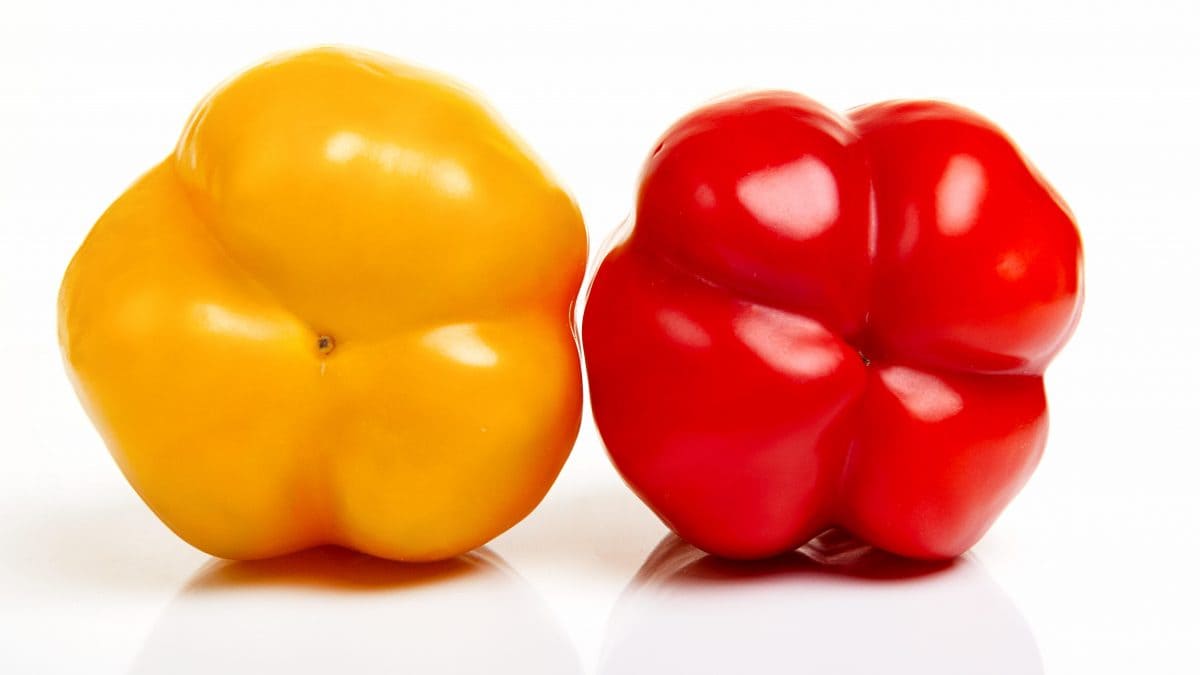
If you've ever scrolled through cooking tips or heard kitchen lore, you've probably come across this popular claim:
“Bell peppers with three bumps are male, and those with four are female.”
But here's the truth: this is a myth.
Debunking the "Gender" Myth
Bell peppers do not have sexes like animals or even some flowering plants. Each pepper fruit is the result of pollination, but the fruit itself doesn’t have a gender. The idea of “male” or “female” peppers is simply not botanically accurate.
So where did this idea come from?
Most likely from the visible bumps or lobes on the bottom of the pepper. Some peppers have three lobes, others four, and this led to a belief that the number of lobes determines the pepper’s sex and use — for example:
- Three bumps = “male” → firmer, better for cooking
- Four bumps = “female” → sweeter, better raw
But none of that holds up under scientific scrutiny.
What Does the Number of Bumps Mean?
- The number of lobes at the base of a bell pepper is simply a natural variation that depends on:
- The pepper variety
- Environmental growing conditions
- The way it develops on the plant
- Some bell pepper cultivars tend to produce three-lobed fruit, others four — but that’s not a gender trait. It’s just plant genetics and growth patterns.
🧑🍳 Is There a Difference in Taste or Use?
While some swear by a difference in sweetness or firmness depending on the number of lobes, there’s no consistent correlation. What does affect flavor and texture is:
Ripeness: Green peppers are less sweet; red, orange, and yellow ones are sweeter and more tender.
Freshness: Firmer peppers are crisper and better raw, while softer ones are good for cooking.
Variety: Some bell peppers are bred to be sweeter or thicker-fleshed.
🧠 Pro Tip
If you’re prepping stuffed peppers, those with flatter bottoms (often with four lobes) may stand up better in a baking dish. But that’s about structure — not sex!
;Resize,width=767;)
